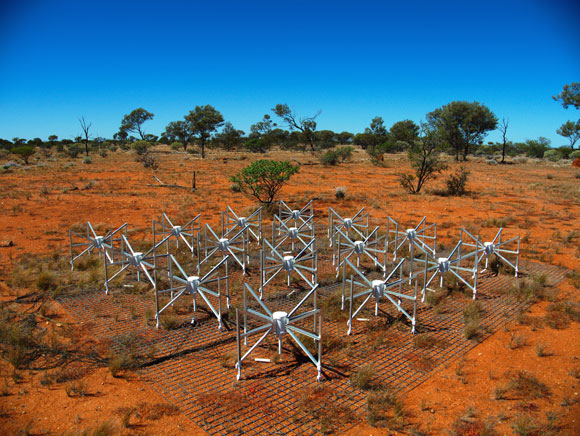
One “tile” of the Murchison Wide-field Array telescope.
In preparation for looking for the first generation of galaxies, the facility has published the first catalog of extragalactic sources of contamination in one of the fields of view.
The epoch when the very first stars appeared is a key period of cosmic history. These stars began the manufacture of the chemical elements (those heavier than hydrogen and helium) and their light began the reionization of the neutral cosmic gas. These stars thus mark the dawn of the universe as we know it today and the start of the so-called Epoch of Reionization. The term “reionization” refers to the process whereby these atoms are prompted (by the ultraviolet light from new stars) to shed some of their electrons. Astronomers estimate that this period occurred a few hundred million years or so after the Big Bang.
Neutral hydrogen atoms were the dominant element in the universe from the time they first arose, about 380,000 years after the Big Bang, until the Epoch of Reionization. Astronomers are now constructing facilities like the radio telescope Murchison Wide-field Array (MWA) to search for light from the hydrogen atoms at the dawn of this Epoch, a daunting task not only because the sources are so distant and faint, but also because there are so many other galaxies from much later cosmic times lying in the way and contaminating our lines-of-sight, as well as more local sources of contamination.
CfA astronomers Lincoln Greenhill, Justin Kasper (now at Michigan), and Avi Loeb were members of a large team of scientists that used the MWA during its early commissioning phase of operations to develop a catalog of foreground sources that could be likely sources of confusion. The MWA currently consists of 128 groupings (“tiles”) of sixteen antennae each arranged in four-by-four squares and sensitive to radiation around a meter in wavelength. The unusual telescope pattern meant that the team had to learn how to properly reduce and analyze the complex resulting data, and much of the effort in this research was devoted to these tasks.
The astronomers successfully identified 7394 extragalactic sources which could be confused with earlier-epoch galaxies in their first field of the sky under study. Nearly all of these objects were associated with previously known galaxies, but twenty-five of them are previously unknown, and all of them have now been characterized. The results both demonstrate the practicality of the MWA performance and are a first step toward assembling a database for the precise subtraction of foreground radiation to uncover nascent galaxies in the early universe.
Reference: “A High Reliability Survey of Discrete Epoch of Reionization Foreground Sources in the MWA EoR0 Field” by P. A. Carroll, J. Line, M. F. Morales, N. Barry, A. P. Beardsley, B. J. Hazelton, D. C. Jacobs, J. C. Pober, I. S. Sullivan, R. L. Webster, G. Bernardi, J. D. Bowman, F. Briggs, R. J. Cappallo, B. E. Corey, A. de Oliveira-Costa, J. S. Dillon, D. Emrich, A. Ewall-Wice, L. Feng, B. M. Gaensler, R. Goeke, L. J. Greenhill, J. N. Hewitt, N. Hurley-Walker, M. Johnston-Hollitt, D. L. Kaplan, J. C. Kasper, HS. Kim, E. Kratzenberg, E. Lenc, A. Loeb, C. J. Lonsdale, M. J. Lynch, B. McKinley, S. R. McWhirter, D. A. Mitchell, E. Morgan, A. R. Neben, D. Oberoi, A. R. Offringa, S. M. Ord, S. Paul, B. Pindor, T. Prabu, P. Procopio, J. Riding, A. E. E. Rogers, A. Roshi, N. Udaya Shankar, S. K. Sethi, K. S. Srivani, R. Subrahmanyan, M. Tegmark, Nithyanandan Thyagarajan, S. J. Tingay, C. M. Trott, M. Waterson, R. B. Wayth, A. R. Whitney, A. Williams, C. L. Williams, C. Wu and J. S. B. Wyithe, 8 July 2016, MNRAS.
DOI: 10.1093/mnras/stw1599
arXiv:1607.03861



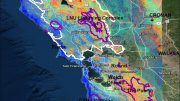
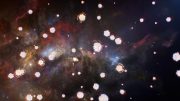
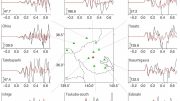
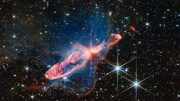
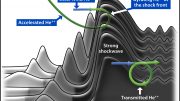

There are some very complicated issues of galaxy formation. Unfortunately, here is the same problem as with the stars. The origin of galaxies remains unclear, in spite of huge activity in the field. What the “formation” means? It means that we have the material that is assembling into galaxies.